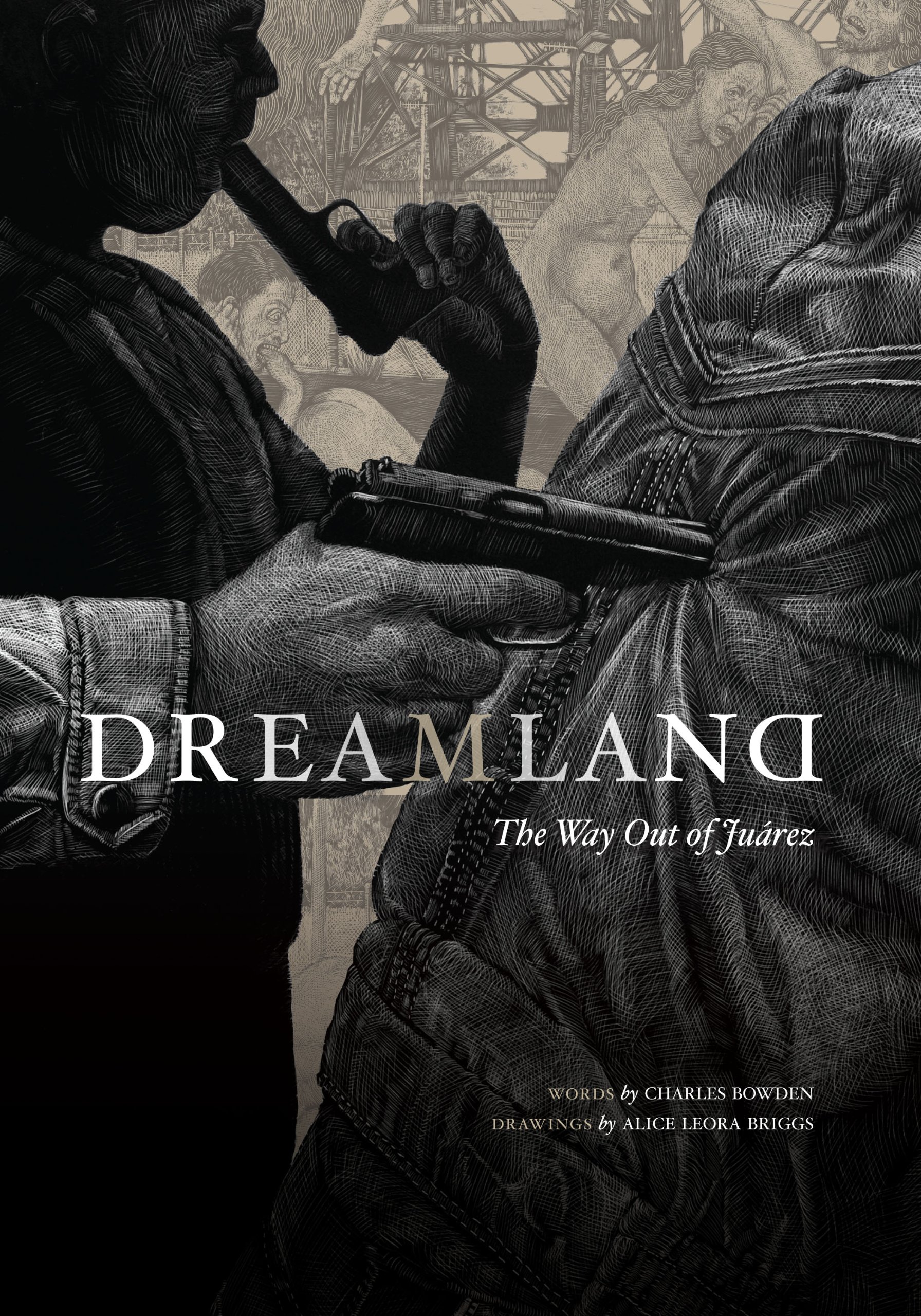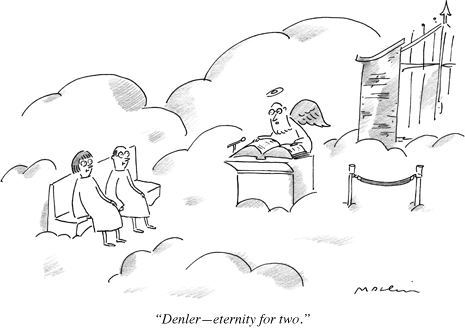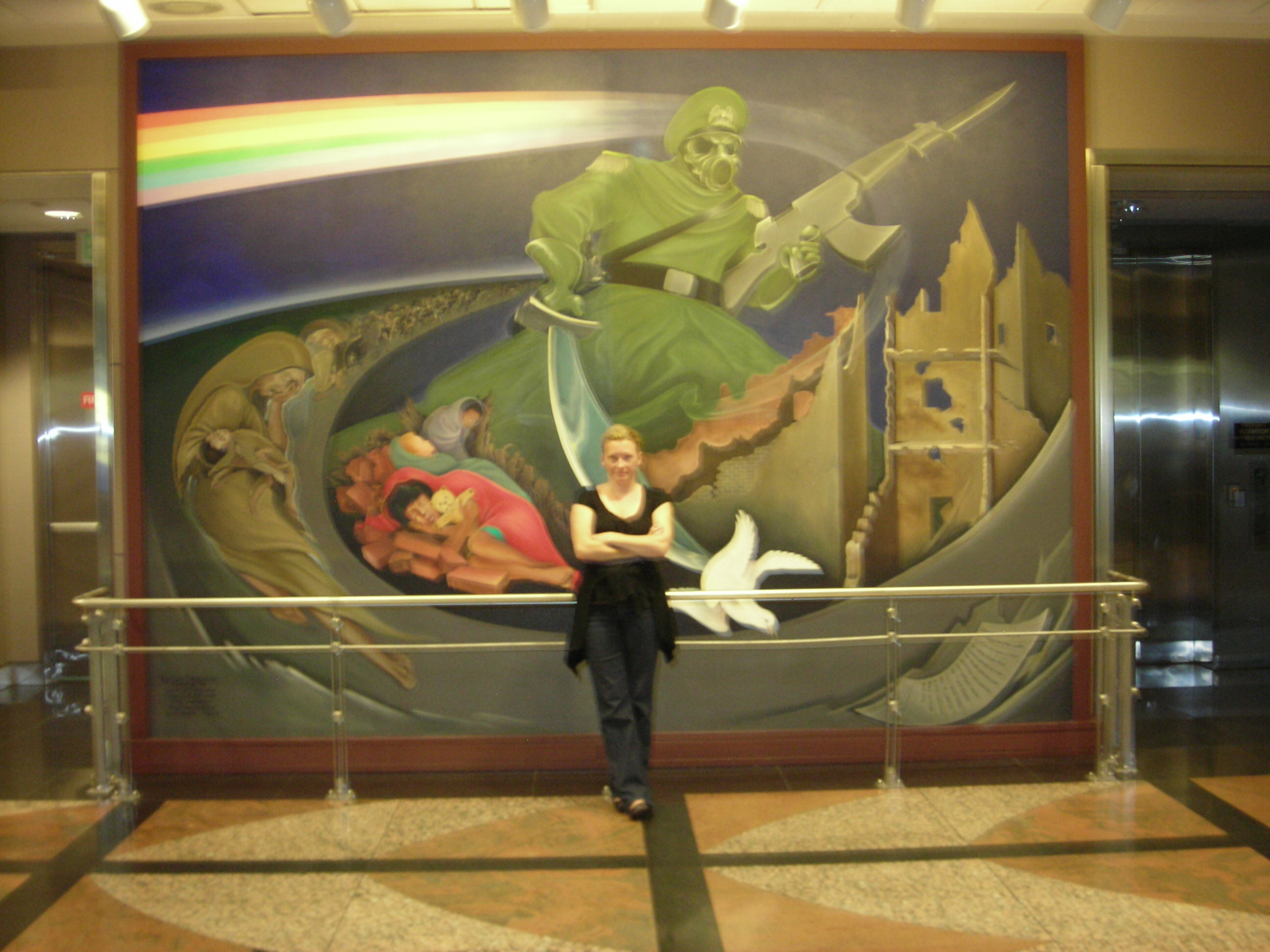In Debt to an Arlington Whistleblower
Dana Milbank, The Washington Post (June, 20 2010)
Over the weekend, the Washington Post’s Dana Milbank published a column on the debacle at Arlington National Cemetery in Washington, DC. There is a reason that I am interested in Milbank’s column but before I explain why, here’s a brief recap of Arlington’s current problems: 211 unmarked graves, misplaced headstones, and the dumping of human ashes in dirt, along with speculation that there are up to 15,000 instances of such desecrations, all brought to light by whistleblower Gina Gray.
Milbank’s column follows on from over a week’s worth of reporting about all of these problems and more. I’ve listed many of those articles below. The first report to come out was by Mark Benjamin at Salon.com and you can find it below too.
The point, I think, is this: Dana Milbank and everyone else got information from a person who saw what was going on at Arlington and blew the whistle. Gina Gray, whom Milbank names, worked for a short time at Arlington until disagreements with her superiors caused her to be fired. She also served in the Army and it seems clear that her sense of duty to the dead soldiers overrode any sense of job preservation. She could have kept quiet about the problems that she saw but she didn’t. She contacted reporters until the issue finally made its way to the Inspector General’s office. It’s worth noting, I think, that Mark Benjamin’s reports appeared in Salon on July 16, 2009. Almost a year ago now. I don’t actually see this as a situation where the Inspectors moved too slowly. Instead, it seems as if the situation quickly unwound and became a lot more complicated than initially expected.
Regardless, Arlington National Cemetery will see these problems fixed. That’s not much comfort for families who are not sure whether or not their dead loved one is affected and it never will be.
The problems being reported are a serious situation and they will be studied for some time to come as examples of the worst things that could happen to a cemetery.
A brief compendium of articles:
Christian Davenport, The Washington Post: Arlington headstones found lining stream
Christian Davenport, The Washington Post: More burials will be checked
Michael E. Ruane, The Washington Post: Arlington graves sat unmarked
Yeganeh June Torbati, The New York Times: Inquiry Finds Graves Mismarked at Arlington
Mark Benjamin, Salon.com: Grave offenses at Arlington National Cemetery
Mark Benjamin, Salon.com: At Arlington Cemetery, Wrongly Marked Graves, Mismanagement


 ave been intrigued for some time by the arguments Kurzweil and others make, especially when it comes to lifespan. A number of Singularity believers talk about 700 year lifespans and/or the outright elimination of death. I don’t ever discount these ideas out of hand. It is truly impossible to predict where human biology will end up fifty or one hundred years from now. So, I actually think that eliminating death or greatly expanding lifespan might be possible.
ave been intrigued for some time by the arguments Kurzweil and others make, especially when it comes to lifespan. A number of Singularity believers talk about 700 year lifespans and/or the outright elimination of death. I don’t ever discount these ideas out of hand. It is truly impossible to predict where human biology will end up fifty or one hundred years from now. So, I actually think that eliminating death or greatly expanding lifespan might be possible.
 The NY Times has written
The NY Times has written 

